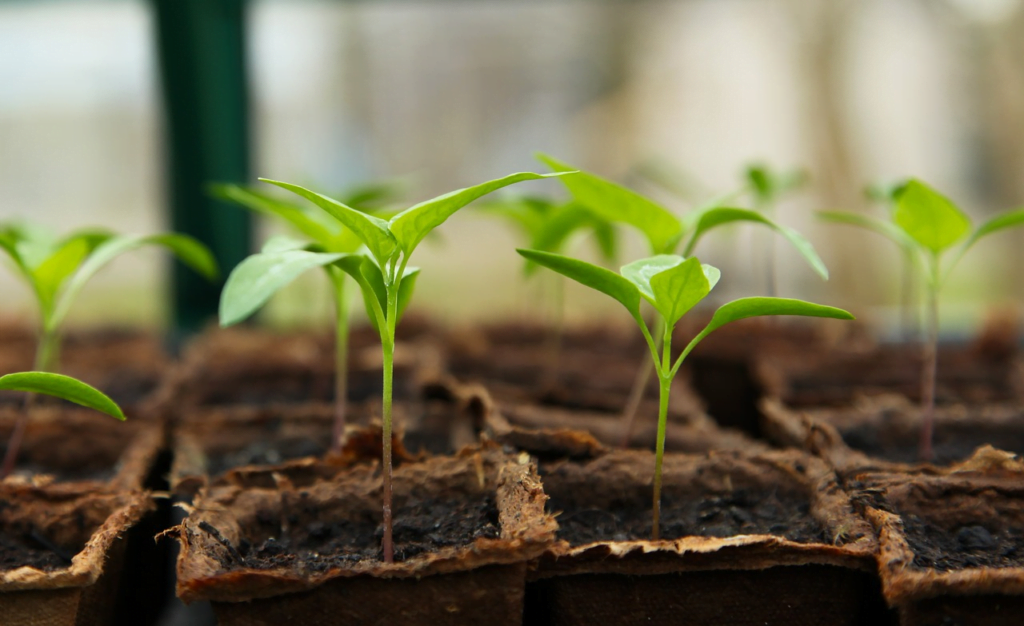What is electroculture gardening? Electroculture gardening is a unique method of gardening that harnesses the power of electricity and atmospheric energy to enhance plant growth. This innovative approach uses various techniques involving antennas, copper wires, and low-voltage electrical currents to create an electromagnetic field around plants, stimulating their growth and improving nutrient absorption.
Electroculture: Exploring the Power of Electricity in Gardening

How does electroculture gardening work?
Electroculture gardening works by utilizing specific electroculture equipment, such as antennas and copper wires, to generate an electromagnetic field around plants. This field stimulates plant growth by enhancing nutrient uptake and improving overall plant health.
By installing a spiral antenna in the garden, gardeners can harness atmospheric energy and redirect it towards the plants. The electromagnetic field created by the antenna stimulates the plant’s root system and encourages it to absorb more nutrients from the soil, resulting in healthier and more robust plants.
The use of copper wire in electroculture techniques is also crucial. Copper is an excellent conductor of electricity, and it amplifies the effect of the electromagnetic field. The copper wire can be wrapped around the base of plants or buried in the soil to ensure optimal conductivity.
Is electroculture gardening worth a try?
Electroculture gardening has shown promising benefits for gardeners. By stimulating plant growth, it can lead to higher crop yields and healthier plants. Additionally, electroculture techniques can improve nutrient absorption and help plants better resist pests and diseases.
However, it is essential to consider the potential disadvantages of electroculture gardening. Some gardeners may be skeptical about using electricity in their gardens, as it introduces an additional element of complexity and may require a certain level of technical expertise.
Furthermore, electroculture gardening may not be suitable for all plants or environments. It is crucial to research and understand the specific needs of different plants before implementing electroculture techniques in the garden. Additionally, the cost of installing the necessary equipment for electroculture may be a barrier for some gardeners.
Overall, whether electroculture gardening is worth a try depends on the gardener’s willingness to experiment with new methods and their specific gardening goals.
How can electroculture gardening help you grow a better garden?

Electroculture gardening can help grow a better garden in several ways. Firstly, by stimulating plant growth, electroculture techniques can lead to larger, healthier plants with higher crop yields. The electromagnetic field created by electroculture encourages plants to grow more vigorously and produce more abundant harvests.
Secondly, electroculture gardening can enhance nutrient absorption in plants. The electromagnetic field around the plants improves the plant’s ability to take up nutrients from the soil, ensuring that they receive the necessary elements for healthy growth.
Lastly, electroculture techniques have been found to have a positive impact on pest control in gardens. The electromagnetic field can act as a deterrent to pests, reducing their presence and minimizing plant damage. This natural method of pest control is environmentally friendly and eliminates the need for harmful chemical pesticides.
What are the key components of electroculture gardening?
The key components of electroculture gardening include antennas, copper wire, and specific electroculture equipment. The spiral antenna is essential for capturing atmospheric energy and redirecting it towards the plants. Copper wire is used to enhance the effect of the electromagnetic field and ensure optimal conductivity.
The installation of these components can significantly improve crop yield and plant health. By harnessing the power of electricity and atmospheric energy, electroculture gardening offers a unique and effective way of gardening that can enhance the overall garden experience.
Electroculture gardening: A TikTok trend worth exploring
Electroculture gardening has gained popularity on TikTok, with many gardeners sharing their success stories and creative ways of implementing electroculture techniques in their gardens. This TikTok trend has inspired and encouraged gardeners to experiment with electroculture gardening methods and learn from each other’s experiences.
If you’re considering giving electroculture gardening a try, TikTok can be a great platform to find inspiration and learn more about the various techniques and approaches used by gardeners worldwide. However, it’s essential to carefully research and understand the proper implementation of electroculture techniques before trying them in your own garden.
Electroculture gardening offers a unique and exciting way of cultivating plants that harnesses the power of electricity and atmospheric energy. Whether you’re a seasoned gardener looking to try new methods or a beginner exploring different gardening techniques, electroculture gardening may be an intriguing approach worth considering.
FAQ
Q: What is electrocurrent gardening?
A: Electrocurrent gardening, also known as electroculture gardening, is a gardening technique that involves the use of electrocurrents to enhance plant growth and overall plant health. It utilizes a device called a spiral antenna, which emits low-voltage electrical currents into the soil.
Q: How does electrocurrent gardening work?
A: Electrocurrent gardening works by utilizing the electrical currents emitted by the spiral antenna to stimulate the plants’ root systems. These electrical currents create a more favorable environment for the plants by increasing the availability of nutrients and promoting the growth of beneficial microorganisms in the soil.
Q: What are the advantages of electrocurrent gardening?
A: Electrocurrent gardening has several advantages. It can increase plant growth, improve the nutritional value of fruits and vegetables, enhance the resistance of plants to diseases and pests, and reduce the need for conventional fertilizers and pesticides.
Q: Are there any disadvantages of electrocurrent gardening?
A: While electrocurrent gardening has many benefits, it also has some drawbacks. One potential disadvantage is the initial cost of purchasing an electrocurrent device and setting up the system. Additionally, proper knowledge and understanding of electrocurrent gardening techniques are required for successful implementation.
Q: What is a spiral antenna in electrocurrent gardening?
A: A spiral antenna is a key component of electrocurrent gardening. It is a specially designed antenna that emits low-voltage electrical currents into the soil, creating an electrostatic field
Conclusion

In conclusion, electroculture gardening is an innovative method that taps into the power of electricity and atmospheric energy to enhance plant growth. By creating an electromagnetic field around plants using antennas, copper wires, and low-voltage electrical currents, electroculture techniques stimulate nutrient absorption and promote overall plant health.
While electroculture gardening has shown promising benefits, it is important to carefully consider its potential disadvantages, such as the added complexity and cost of the necessary equipment. However, for those willing to explore new methods and achieve their gardening goals, electroculture gardening can lead to larger, healthier plants, improved nutrient absorption, and natural pest control.
TikTok has also played a role in popularizing electroculture gardening, providing a platform for gardeners to share their experiences and inspire others to experiment with this unique approach. Whether you’re an experienced gardener or a beginner, electroculture gardening offers an intriguing avenue to cultivate a better garden by harnessing the power of electricity and atmospheric energy.



